Historical Milestones in Power Electronics
Since its beginning, the field of power electronics has advanced significantly due to the ongoing creation of new materials, devices, and control strategies. An understanding of power electronics' historical turning points offers important insights into the development of this vital technology and how it affects modern electrical and electronic systems. The major historical turning points that have influenced the field of power electronics are outlined in this section.
Early Developments (1900s-1950s)
Invention of the Mercury Arc Rectifier (1902):
Milestone: One of the first devices that could efficiently convert AC to DC was the mercury arc rectifier, which was created by Peter Cooper Hewitt. It rectified alternating electricity using an electric arc in mercury vapor.
Impact: Laid the foundation for upcoming rectification technologies by enabling early high-power applications including DC power transfer and industrial electrolysis.
Development of the Vacuum Tube (1904):
Milestone: John Ambrose Fleming invented the vacuum tube diode, followed by the triode by Lee De Forest in 1906. These devices allowed for the control and amplification of electrical signals.
Impact: Laid the groundwork for later developments in power electronics by becoming the first to employ electronic control in signal processing and communication.
Introduction of the Ignitron and Thyratron (1928-1930s):
Milestone: Gas-filled tubes called ignitrons and thyratrons, which can withstand large currents, were created for industrial uses that need for regulated switching and rectification.
Impact: Encouraged developments in electric welding, motor control, and power conversion and improved the control of high-power electrical systems.
Semiconductor Era (1950s-1980s)
Invention of the Silicon Controlled Rectifier (SCR) (1957):
Milestone: Gordon Hall invented the SCR, which General Electric marketed as the first practical semiconductor device with significant power control.
Impact: Transformed power electronics by offering small, reliable, and efficient methods for regulating AC and DC power. Extensively utilized in industrial controls, power supplies, and motor drives.
Development of the Power Transistor (1960s):
Milestone: A major advancement in power electronics was brought about with the introduction of power transistors, such as bipolar junction transistors (BJTs) and later metal-oxide-semiconductor field-effect transistors (MOSFETs).
Impact: facilitated the development of switch-mode power supplies (SMPS) and more efficient motor drives by enabling faster switching speeds, increased efficiency, and reduced size of power electronic circuits.
Introduction of the Insulated Gate Bipolar Transistor (IGBT) (1983):
Milestone: General Electric and RCA created the IGBT, which combines the high current and voltage capabilities of BJTs with the high input impedance of MOSFETs.
Impact: Emerged as a key component for medium- to high-power applications, providing enhanced control and efficiency in electric vehicles, industrial motor drives, and renewable energy systems.
Modern Advancements (1990s-Present)
Emergence of Advanced Control Techniques (1990s-2000s):
Milestone: Development and implementation of advanced control techniques, including maximum power point tracking (MPPT) for renewable energy systems, direct torque control (DTC), and vector control for motors.
Impact: Improved power electronic systems' dynamic performance, accuracy, and efficiency, opening the door to more complex applications and improved integration with digital control systems.
Wide Bandgap Semiconductors (2000s-Present):
Milestone: introduction of semiconductors with a wide bandgap (WBG), such as gallium nitride (GaN) and silicon carbide (SiC), which perform better than conventional silicon-based devices.
Impact: Led to more compact, reliable, and efficient power electronic systems in applications ranging from consumer electronics to electric vehicles and renewable energy by offering notable advances in efficiency, thermal performance, and switching speed.
Integration with Digital Technology and IoT (2010s-Present):
Milestone: Power electronics are increasingly being integrated with digital technologies, such as the Internet of Things (IoT), digital signal processors (DSPs), and microcontrollers.
Impact: Allowed for advanced power electronic system monitoring, control, and optimization, which helped in the development of smart homes, smart grids, and extremely effective industrial automation systems.
Technological Advancements and Their Impact on Power Electronics
Power electronics has seen tremendous change as a result of technological breakthroughs, which have improved applications, performance, and efficiency. Important developments include:
Digital Control Technologies
More complex control algorithms have been made possible by the inclusion of digital controllers, allowing more accurate power converter regulation. Performance and reliability can be increased by dynamically adjusting parameters based on real-time data using strategies like adaptive control and model predictive control (MPC).
Advanced Sensing and Monitoring
Real-time power electronic system monitoring is made possible by advancements in sensor technologies, such as high-speed current and voltage sensors. This improves system performance, heat management, and fault detection.
Integration and Miniaturization
The trend toward integrated power modules and system-on-chip (SoC) designs reduces size and enhances thermal management by combining several functions into a single package. Applications in electric vehicles and portable gadgets rely on this integration.
Renewable Energy Technologies
Power electronics developments have made it easier to incorporate renewable energy sources like wind and solar into the grid. Grid stability is improved and power conversion is optimized by smart inverters and energy management systems.
Evolution of Control Techniques in Power Electronics
Power electronics control approaches have evolved in parallel with technological improvements, resulting in increased efficiency and performance. The key phases in this process include:
Analog Control Systems
To control voltage and current, early power electronics used analog control techniques, such as basic feedback loops. Despite their effectiveness, these systems frequently lacked accuracy and adaptability.
Digital Control Implementation
The 1980s saw the switch to digital control, which made it possible to use increasingly sophisticated algorithms like PID control. More flexibility was made possible by digital controllers, which improved system responsiveness and allowed for parameter adjustments.
Model-Based Control
Model-based control methods, which use mathematical models of the system to forecast behavior and maximize performance, first appeared in the late 1990s. Methods like linear quadratic regulation (LQR) and state-space control gained popularity.
Adaptive Control Techniques
Adaptive control approaches have been created in recent years, enabling systems to adapt to changing operating conditions. These approaches enhance performance even when there are uncertainties and fluctuations in the parameters.
Artificial Intelligence and Machine Learning
The integration of artificial intelligence and machine learning into control systems is a groundbreaking development. These techniques enable predictive maintenance, fault diagnostics, and optimal control strategies using historical and real-time data.
Future Trends and Potential Directions in Power Electronics
As power electronics evolves, various trends and prospective directions emerge that could define the future landscape:
Increased Focus on Sustainability
As energy efficiency and lower carbon footprints become more important, power electronics will be essential to the development of sustainable technology. This includes creating more effective power converters for smart grids, renewable energy systems, and electric vehicles.
Enhanced Integration of Power Electronics and Digital Technologies
Smarter energy management systems will result from the confluence of power electronics with AI and the Internet of Things (IoT). The total efficiency of the system will be improved by this integration, which will allow for more responsive and adaptable power distribution.
Development of Advanced Materials
Further advancements in power device performance, including increased power densities and improved thermal management, may result from research into new materials including 2D materials and advanced composites.
Decentralized Energy Systems
Innovative power electronic solutions will be necessary as energy generation and distribution shifts toward decentralized systems powered by renewable energy sources. Advanced energy storage technologies and smart inverters will keep improving grid reliability and stability.
Electrification of Transportation
The need for advanced power electronics will be fueled by the ongoing electrification of transportation, which includes electric vehicles, drones, and urban air mobility. To facilitate this shift, advancements in battery management systems and charging infrastructure will be essential.


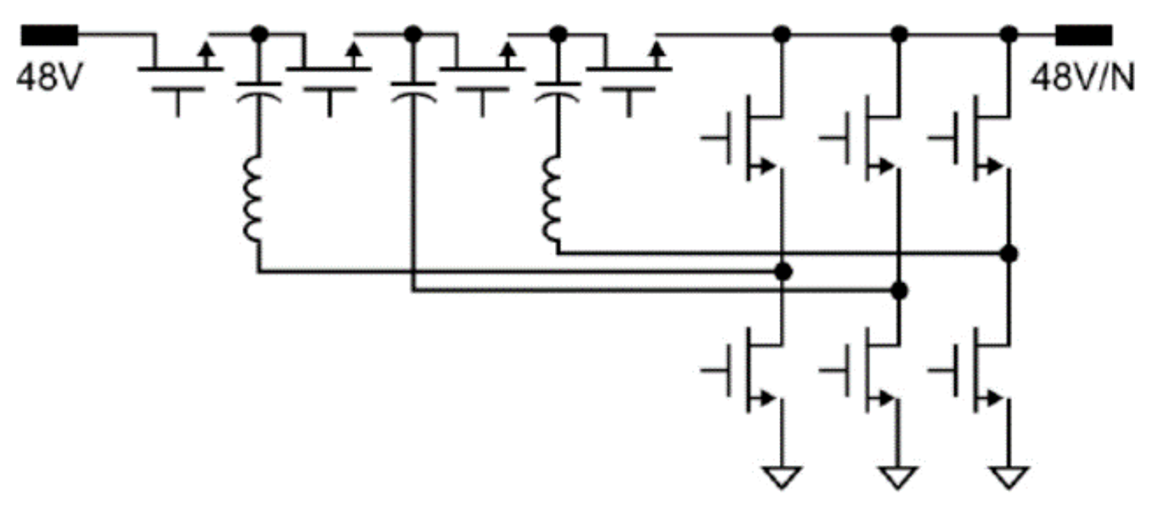
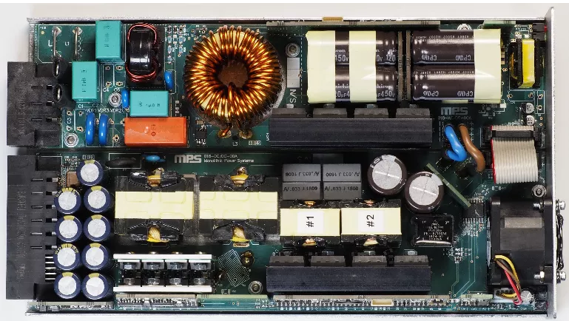
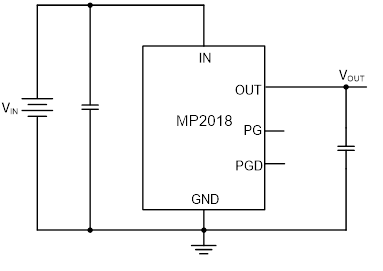
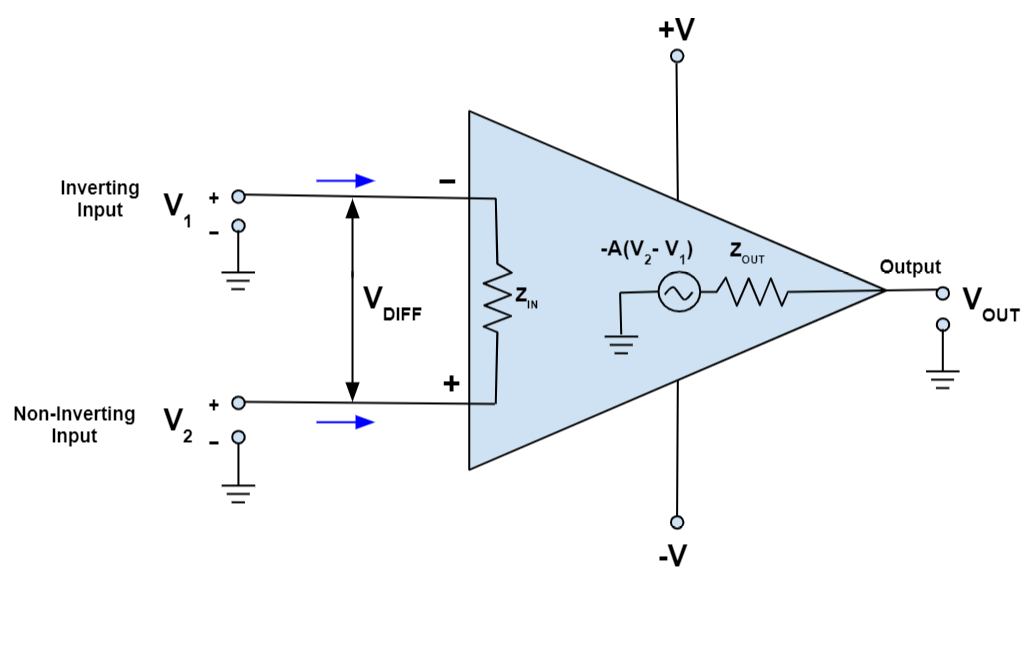
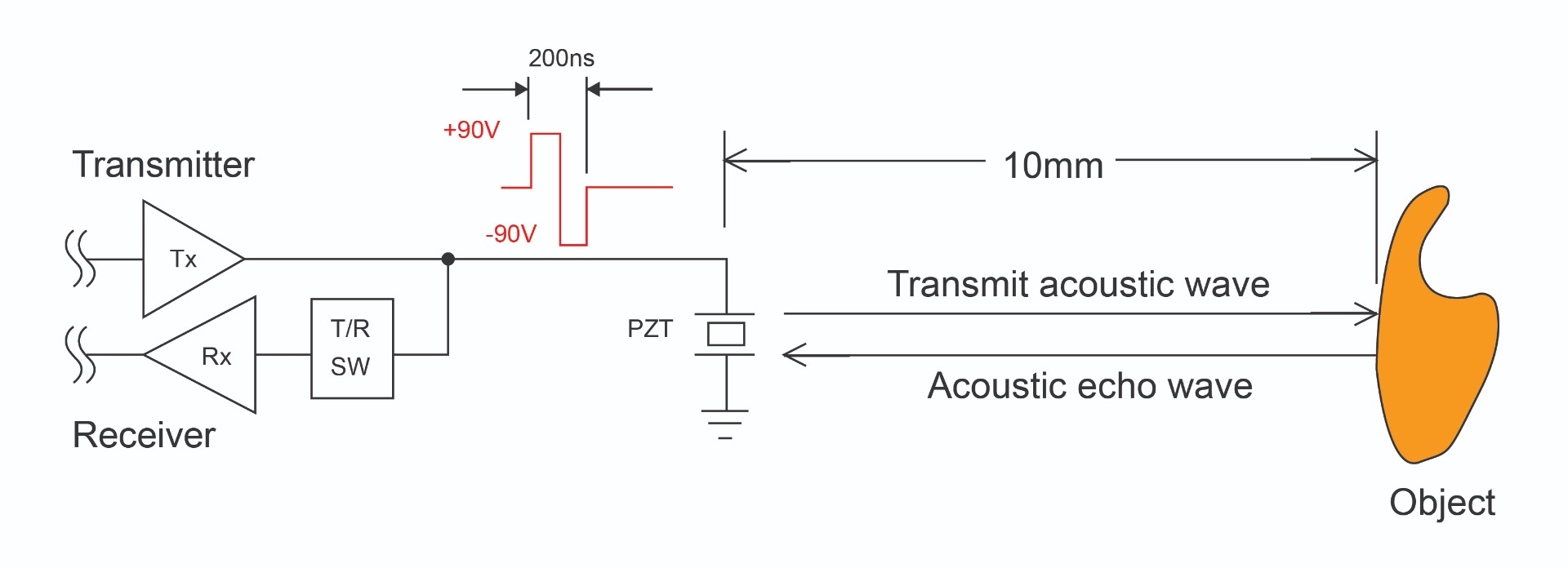
直接登录
创建新帐号